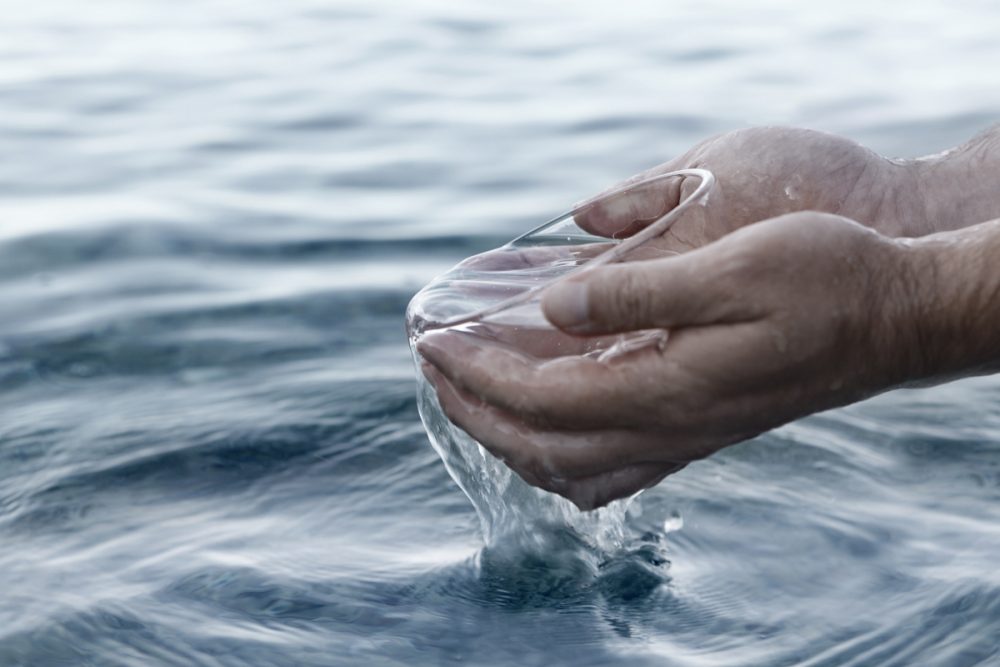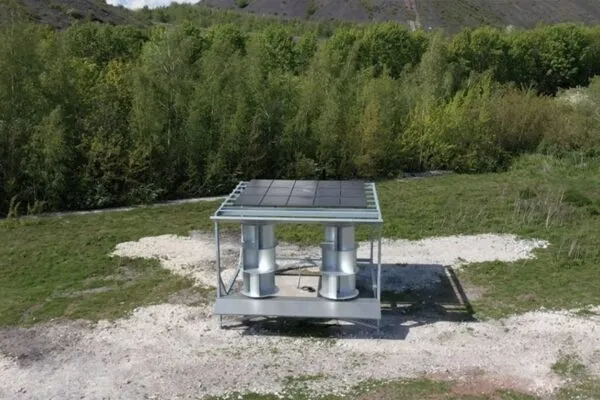Sustainable Solar-Powered Desalination Unit Produces Fresh Water From Sea
Progressing toward the mission to clean water, a team of Chinese researchers developed a highly efficient, solar-powered desalination device that can produce freshwater from seawater.
To date, freshwater scarcity is one of the serious issues that is threatening the development of society in many regions. Despite the vast amount of water on Earth, freshwater accounts for only 2.5% in total out of which, only 1% is accessible by humans.
Currently, there are two desalination process, distilling water by boiling or using a membrane to separate salt particles from water through reverse osmosis. However, these technologies involve complex structures, high cost, high energy consumption and high maintenance, hindering their practical applications, especially in developing countries.
Solar energy as a renewable and clean resource can be converted into electrical energy. In the study, published in AIP Advances, scientists explained the functions of a highly efficient, solar-powered desalination device that can produce fresh water from seawater. The device has a titanium layer/TiNo – titanium nitride oxide which is capable of capturing solar energy.
The TiNO is fixed on special paper and foam that facilitates the solar absorber to float on the seawater. Usually, in solar-powered devices, TiNO is a common material used to absorb solar energy. The high absorption rate and low thermal remittance make it effective to convert solar energy into thermal energy.
As the sunlight hits the titanium layer, the temperature increases and vaporises the water. By placing the device unit in a container with a sloping roof, the water vapour condenses and gets collected, continuously producing freshwater.

Highly efficient, solar-powered desalination device that can produce freshwater from seawater | Image: How Stuff Works
The evaporation unit of the device consists of – TiNO layer on the top, a thermal insulator, and air-laid paper beneath. The air-laid paper is highly porous and acts as a wicking material to supply water from seawater. Air-laid paper is made from wood fibres and can be reused and recycled more than 30 times.
One major concern is that salt precipitation can disrupt the efficiency of the device. But thanks to the porous nature of the paper for wicking away any salt from the surface, returning it to the seawater.
Water collected from the desalination unit has a salinity ratio of 2 parts per million, which is two milligrams of salt per litre of water. It is expected that this desalination device can be helpful for survival on the sea and isolated islands to collect freshwater from abundant seawater.
The unique aspect, such as low cost, desalination efficiency, and zero odour makes it a potential and scalable solution to solve the freshwater problem.
Via: Cosmos


